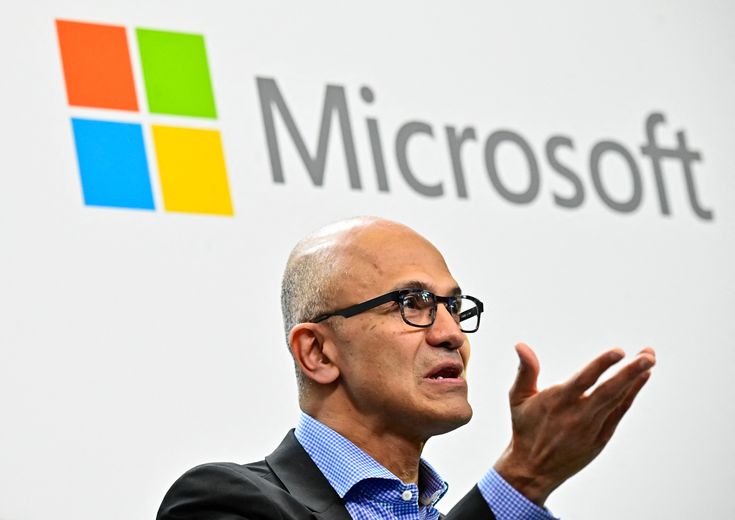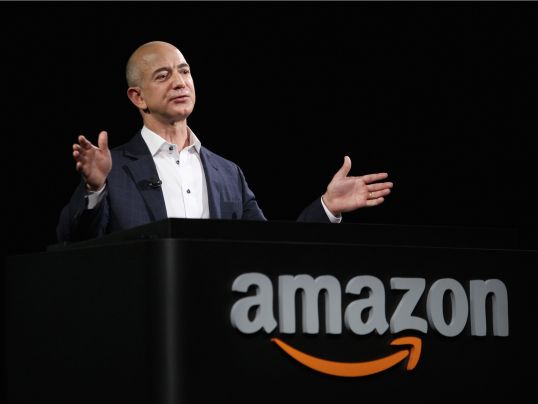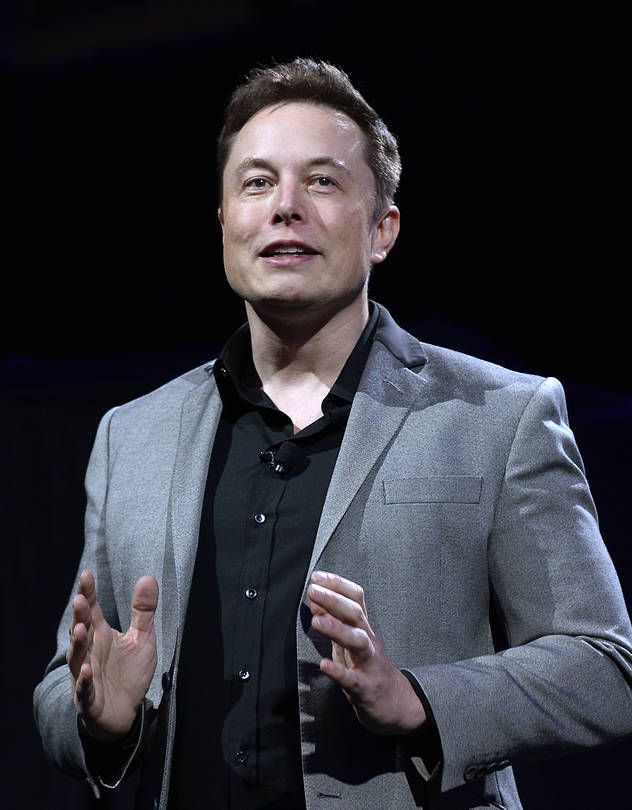Have you ever seen a huge company that everyone thought knew it all, suddenly struggle to keep up? That’s a bit like what happened with Microsoft some years ago. For a long time, Microsoft was the name in tech, especially with Windows on almost every computer. But as new things like smartphones and cloud computing became popular, Microsoft seemed to miss out on some of those big shifts. Now, Microsoft was still a successful company, no doubt. But many people felt it had lost some of its spark. It needed a fresh start, a new leader to guide it into the future. That’s where Satya Nadella stepped in!
When he became CEO in 2014, a lot of folks wondered if one person could really change such a massive company. Well, he did! Under his leadership, Microsoft didn’t just get back on track; it completely transformed. It became one of the most valuable and innovative companies in the world again. In this article, we’re going to dive into his incredible journey and explore the key strategies and leadership ideas that helped him make such a huge difference. It’s a story packed with great lessons for anyone who wants to lead and create real impact.

The Challenge
Before Satya Nadella, Microsoft faced some big challenges. They were very focused on Windows, their famous computer operating system, and they struggled to catch up in the booming mobile phone market. Inside the company, different teams sometimes worked in their own silos, not always collaborating as effectively as they could. It was a company with brilliant people and amazing technology, but it needed a new vision to truly thrive in the rapidly changing tech world. They needed to adapt, innovate, and find new ways to connect with customers and employees.
Nadella’s Core Philosophy
One of the first and most important things Satya Nadella did wasn’t about technology at all; it was about culture. He believed that to change what Microsoft did, he first had to change how Microsoft thought and felt. He championed two big ideas:
- The Growth Mindset: This is the idea that everyone, no matter how smart or experienced, can always learn and grow. Instead of thinking, “I know everything,” it’s about asking, “What can I learn next?” This encouraged employees to be curious, experiment, and not be afraid of making mistakes, because mistakes are opportunities to learn. It was a huge shift from a “know-it-all” culture to a “learn-it-all” culture.
- Empathy: Nadella emphasized understanding others. This meant truly listening to customers to understand their real problems, and also listening to employees to understand their needs and ideas. When you understand people better, you can build better products and create a more supportive workplace. This focus on empathy helped break down those internal silos and encouraged teams to work together more effectively.
This cultural shift was the foundation. It created an environment where new strategies could actually take root and grow.

“Mobile First, Cloud First”
Microsoft had always been about software you installed on your computer. But the world was moving to the “cloud” – services and software delivered over the internet, like online storage or streaming apps. Satya Nadella saw this clearly. While he famously said “Mobile First, Cloud First,” the real game-changer was his absolute commitment to the cloud.
He put Microsoft’s cloud service, Azure, right at the center of the company’s future. This was a massive pivot! Instead of just focusing on selling Windows, Microsoft started focusing on helping businesses and developers build and run their own applications and services using Azure. This also meant being more open. For a company that used to be very protective of its own technology, Nadella encouraged Microsoft to embrace rivals like Linux and open-source software, making Azure a welcoming home for all kinds of tech.
Powering the Future with AI and Innovation
Satya Nadella didn’t just fix past mistakes; he also looked ahead. He understood that Artificial Intelligence (AI) would be the next big wave in technology. He positioned Microsoft to be a leader in AI, not just by creating new AI tools, but by weaving AI into the products people already used every day.
Think about how AI now helps you in Microsoft Office programs, or how it powers advanced features in Azure. He didn’t just chase the latest fad; he focused on how AI could make Microsoft’s existing products and services even better and more useful, while also exploring completely new areas. This forward-thinking approach ensured Microsoft stayed relevant and innovative for years to come.

Partnerships and Openness – Beyond the Microsoft Bubble
Under previous leadership, Microsoft sometimes had a reputation for being a bit closed off, focusing mostly on its own products and systems. Nadella changed that dramatically. He pushed for a culture of partnerships and openness.
This meant making Microsoft products available on other platforms. For example, you can now use Microsoft Office seamlessly on Apple devices, or access Microsoft services on Android phones. This might seem simple, but for Microsoft, it was a huge change in mindset. By collaborating with other companies and making their tools accessible everywhere, Microsoft became a more integrated and essential part of the broader tech world, rather than trying to force everyone into its own “bubble.”
What Happened Next?
The results of Satya Nadella’s leadership and strategic shifts have been nothing short of remarkable. Microsoft’s stock price soared, and its market value grew tremendously. But it wasn’t just about money. Inside the company, employees felt more empowered, more collaborative, and more excited about their work. Microsoft started launching innovative products again and regained its reputation as a leading force in technology.
Today, Microsoft is a powerhouse in cloud computing, a major player in AI, and its products are used by billions worldwide, often working seamlessly with other technologies. It’s a testament to how a clear vision, a focus on culture, and smart strategic pivots can transform even the biggest organizations.
Lessons for Your Leadership Journey
So, what can we learn from Satya Nadella’s story at Microsoft that you can apply, even if you’re not leading a giant tech company? Plenty!
- Culture Matters: Whether you’re leading a small team, a project, or just influencing your friends, the way people feel and think is incredibly important. Foster a “growth mindset” – encourage learning, curiosity, and embracing challenges.
- Empathy is Key: Truly listen to the people you work with, your customers, or your community. Understanding their needs and perspectives helps you make better decisions and build stronger relationships.
- Be Open to Change: The world is always evolving. Don’t get stuck in old ways of doing things. Be open to new ideas, new technologies, and new ways of collaborating, even with those you might see as “rivals.”
- Focus on Value: Instead of just pushing what you have, think about what problems you can solve for others. Nadella shifted Microsoft to focus on what customers needed, not just what Windows could do.
- Vision and Patience: Big changes don’t happen overnight. Nadella had a clear long-term vision and the patience to see it through, building momentum step by step.

Leading with Vision and People
Satya Nadella’s turnaround of Microsoft is a powerful reminder that true leadership isn’t just about making tough decisions or having brilliant ideas. It’s about inspiring people, fostering a culture of learning and empathy, and having a clear vision for the future that embraces change and collaboration. He showed that even the biggest ships can change course and sail towards new horizons with the right captain at the helm.
This kind of insight into leadership can empower you in your own life, whether you’re leading a project, a team, or simply striving to make a greater impact in your community. Keep learning, keep asking questions, and always prioritize your personal growth.



